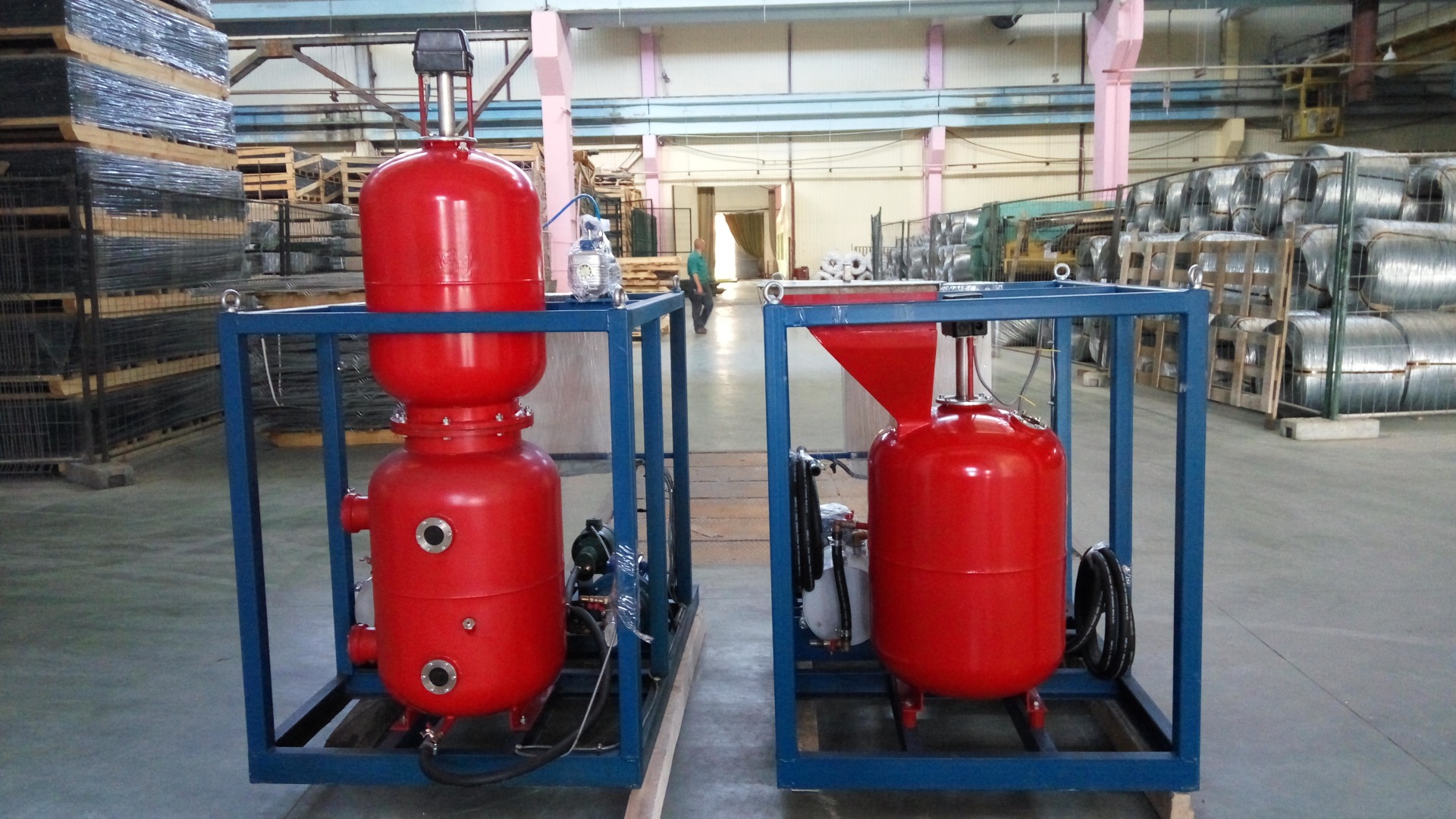





Module MTC - 1 MF, designed for low-temperature sterilization and pasteurization of milk, fermented milk mixtures, cream, mayonnaise, juices, pastes and other food products in the liquid phase, processing of wine materials to stop fermentation, etc.

Hydrodynamic processing is a highly effective method of processing dairy products, mayonnaise, juices and other food products in the liquid phase, allowing for improvement of their consumer qualities. Reducing blending time by 5 times when producing vodka from alcohol with a corresponding increase in productivity with the same tank fleet. Reducing the consumption of food additives by 10-30% in the production of drinks due to maximum homogenization and increased solubility in water and alcohol. The achieved dispersion of emulsions is from 0.07 to 2 microns. for emulsification and homogenization of food products.
For example, the use of the MTC - 1 MF installation for milk processing allows you to:

| Rated power | 5,5 - 45 KW |
| Capacity | 600 - 20 000 L /Hour |
| Pasteurization temperature from | 55 до 70 ˚С |
| Heating temperature, ΔT | ˚С 15 |
| The degree of disinfection is at least | 99.9% |
| Mains voltage | 380В, 50 гц |

![]()
In the liquid processed medium of cavitating devices of various designs (rotary, pipe, ultrasonic piezo- and striction emitters), discontinuities in the continuity of the medium are formed in the form of cavities. The intensifying effect of cavitation on chemical technological processes is determined by local, highly nonequilibrium effects: when cavitation bubbles collapse in a short time (less than 10 μs), a temperature surge occurs (more than 1000ºC) and high pressures develop (more than 100 MPa).
![]()
The main factors determining the technological efficiency of hydrodynamic installations are: high-amplitude and high-frequency pressure pulsation, the phenomenon of cavitation itself and its accompanying effects. The abnormally high heat release in the treated liquids is due to the volumetric and correspondingly high-speed nature of the impact on the liquid with the subsequent release of energy during phase transitions of the latent heats of condensation of vapor-gas media of cavitation bubbles-cavities; exothermic ion-molecular reactions. The volumetric nature of the effect of cavitation on the treated liquid determines the efficiency of hydrodynamic installations.
![]()
The process of traditional pasteurization, although it ensures reliable destruction of pathogenic microbes and the least change in the physicochemical properties of milk, however, requires high costs associated with the use of low-performance equipment. The cavitation effect is short-lived. In addition, it not only helps to increase the dispersion of the emulsion, but also destroys harmful microorganisms. When processing milk using a hydrodynamic method, the total microbial number is reduced by 103–105 times. In this case, complete destruction of vegetative forms of yeast and mold, as well as pathogenic microorganisms of the E. coli group, and neutralization of phosphatase occurs. This treatment of milk allows you to increase its shelf life at a temperature of 9–12 °C in non-aseptic packaging for at least 5 days without signs of souring.
![]()
Hydrodynamic processing, for example, of a milk mixture consisting of whole and skimmed milk powder, the yield of cottage cheese increases by an average of 5% compared to the yield of cottage cheese produced using traditional technology. Analysis of the organoleptic characteristics of cottage cheese during storage at a temperature of (4 ± 2) ° C (in a household refrigerator) showed that after 7 and even after 10 days of storage, experimental samples of cottage cheese produced from a milk mixture subjected to hydrodynamic treatment are not inferior in quality freshly prepared product.
![]()
Hydrodynamic processing of milk allows you to synthesize milk from whey and milk powder, as well as enrich it with artificially introduced food components, and thus significantly increase the volume of its production without increasing the herd and significantly reduce its price. Cavitation treatment technologies can also be effectively used for bactericidal treatment of milk at collection points in order to increase the curdling time during its long-distance transportation.
![]()
With the help of cavitation, it is also possible to obtain light, highly digestible food products intended for therapeutic, dietary and baby food.
![]()
Disinfection of expired dairy products for feeding farm animals.
Copyright ©2023 All rights reserved

